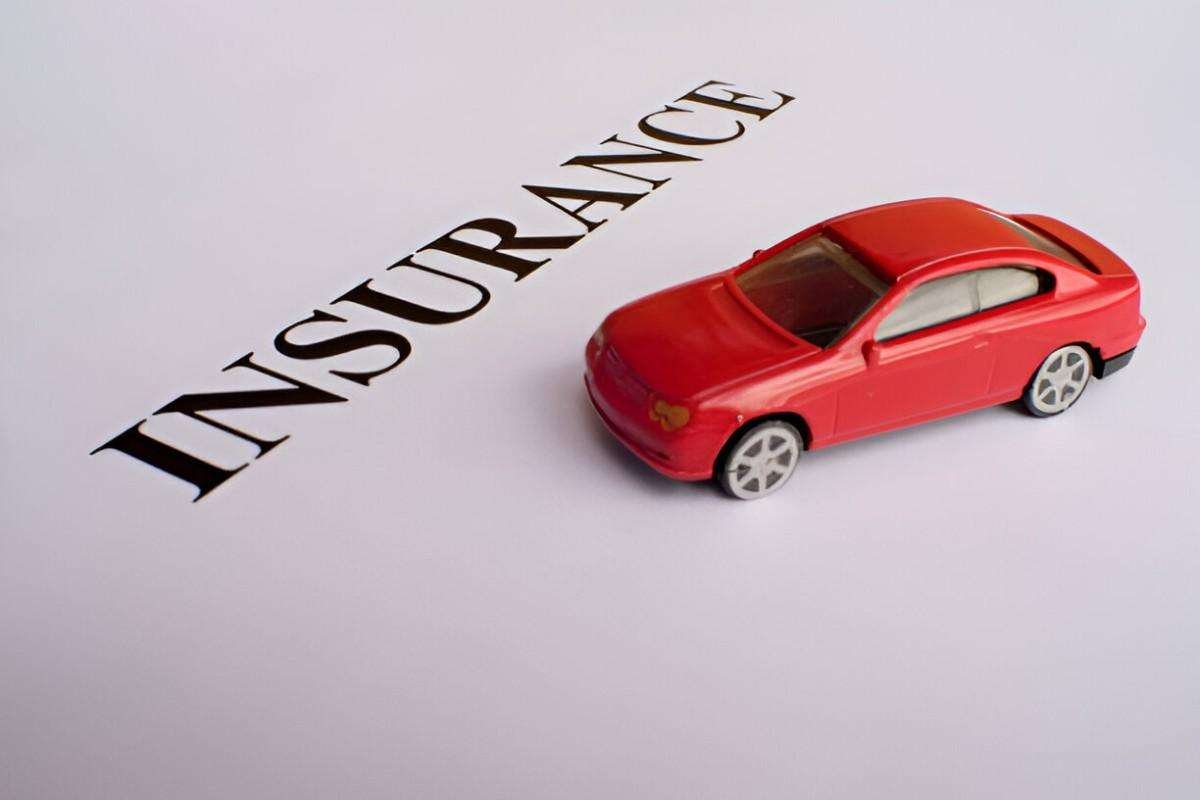Understanding a $1,000 Deductible in Auto Insurance
When choosing auto insurance, one of the most important decisions is selecting the deductible. The deductible is the amount you pay out-of-pocket before your insurance covers the rest. A $1,000 deductible means that if I file a claim, I will cover the first $1,000 in repair costs before my insurer steps in.
Table of Contents
How a $1,000 Deductible Affects Insurance Premiums
Higher deductibles generally result in lower monthly premiums because I assume more financial responsibility in the event of a claim. Conversely, lower deductibles increase premiums because the insurer bears a greater risk.
Premium Cost Comparison
| Deductible Amount | Monthly Premium Estimate |
|---|---|
| $250 | $140 |
| $500 | $115 |
| $1,000 | $90 |
| $1,500 | $75 |
| $2,000 | $65 |
The difference between a $500 and $1,000 deductible can be around $25 per month, translating to $300 in annual savings. However, I must consider whether I can afford to pay $1,000 out-of-pocket if an accident occurs.
Pros and Cons of a $1,000 Deductible
Advantages
- Lower Monthly Premiums: Since insurers transfer more financial risk to me, they reward me with reduced rates.
- Encourages Responsible Driving: Knowing that I will have to pay a substantial amount out-of-pocket makes me more cautious on the road.
- Long-Term Savings: If I don’t file frequent claims, I can accumulate significant savings over time.
Disadvantages
- Higher Out-of-Pocket Costs: If I get into an accident, I must pay $1,000 before receiving any reimbursement.
- Unexpected Financial Strain: Without an emergency fund, covering a high deductible can be difficult.
- Not Ideal for Frequent Claims: If I live in an area with high accident rates, opting for a lower deductible might be a better financial strategy.
When a $1,000 Deductible Makes Sense
A $1,000 deductible isn’t suitable for everyone. It works best in the following situations:
- I have a good driving record: If I rarely get into accidents, a higher deductible saves me money.
- My car is newer and in good condition: Cars with lower chances of mechanical failure or minor damage benefit from lower premiums.
- I have an emergency fund: If I can easily cover $1,000 in the event of an accident, this deductible is a smart financial choice.
- I drive in a low-risk area: Fewer accidents and thefts mean fewer claims, making a high deductible worthwhile.
Case Study: Cost-Benefit Analysis
Scenario 1: $500 Deductible
- Monthly Premium: $115
- Annual Premium: $1,380
- Accident Frequency: Once every 5 years
- Total Paid Over 5 Years: $1,380 × 5 = $6,900
- Deductible Paid: $500
- Total Cost: $6,900 + $500 = $7,400
Scenario 2: $1,000 Deductible
- Monthly Premium: $90
- Annual Premium: $1,080
- Accident Frequency: Once every 5 years
- Total Paid Over 5 Years: $1,080 × 5 = $5,400
- Deductible Paid: $1,000
- Total Cost: $5,400 + $1,000 = $6,400
Financial Impact
By choosing the $1,000 deductible, I would save $1,000 over five years.
$1,000 Deductible vs. Other Deductible Options
| Factor | $500 Deductible | $1,000 Deductible | $2,000 Deductible |
|---|---|---|---|
| Monthly Premium | High | Moderate | Low |
| Out-of-Pocket Cost | Low | Moderate | High |
| Savings Potential | Low | Moderate | High |
| Financial Risk | Low | Moderate | High |
Tips for Managing a $1,000 Deductible
- Build an Emergency Fund: I should save at least $1,000 to ensure I can cover my deductible if needed.
- Drive Safely: Avoiding accidents is the best way to maximize savings with a high deductible.
- Consider a Higher Deductible for Comprehensive Coverage: If I live in a low-risk area, I might increase my comprehensive deductible to reduce costs further.
- Compare Insurance Rates Annually: Insurers adjust premiums over time, so I should shop around to get the best deal.
Conclusion: Is a $1,000 Deductible Right for Me?
Choosing a $1,000 deductible is a strategic financial decision. It works well if I am a low-risk driver, have a financial cushion, and seek lower premiums. However, if unexpected expenses would strain my finances, a lower deductible might be better. By carefully weighing the costs and benefits, I can determine the best deductible for my situation.





